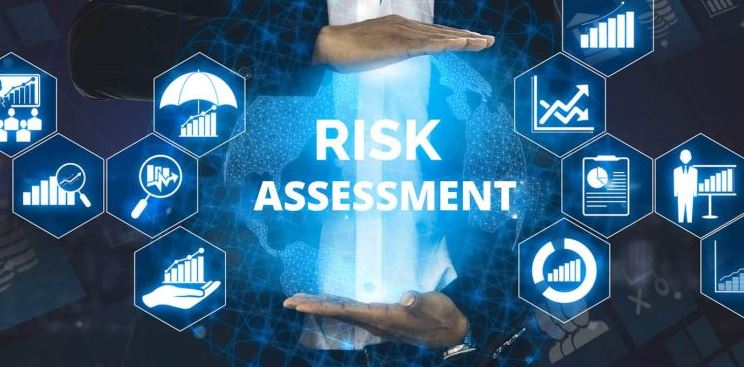Supplier Risk Assessment: Key Factors to Consider for Effective Risk Evaluation
In today’s interconnected business landscape, organizations heavily rely on their suppliers to provide essential goods and services. However, this dependence introduces a certain level of risk. Supplier disruptions can have a significant impact on an organization’s operations, reputation, and bottom line. Consequently, it is crucial for businesses to conduct effective supplier risk assessments to identify potential vulnerabilities and develop mitigation strategies.
In this blog post, you will explore the key factors that organizations should consider when evaluating supplier risks.
Supplier Financial Stability
A financially unstable supplier may be at a higher risk of bankruptcy or insolvency, leading to disruptions in the supply chain. To evaluate financial stability, organizations should review the supplier’s financial statements, credit ratings, and payment history. Additionally, monitoring the supplier’s cash flow and debt levels can provide valuable insights into their ability to meet obligations and sustain operations.
Geographic Location and Infrastructure
The geographic location of a supplier can significantly impact risk evaluation. Evaluating a supplier’s proximity to potential natural disasters, political instability, or other factors that can disrupt transportation or operations is crucial. Additionally, assessing the supplier’s infrastructure, including transportation networks, power supply, and communication systems, is essential to gauge their ability to maintain a consistent supply chain. Conducting a thorough analysis of these factors can help organizations identify potential risks and develop contingency plans accordingly.
Supplier Capacity and Reliability
Supplier capacity and reliability are critical aspects of risk assessment. Evaluating a supplier’s production capacity and its ability to meet demand during peak periods or unexpected spikes is crucial to avoid supply chain disruptions. Assessing the supplier’s track record for delivering goods and services on time, quality control processes, and adherence to contractual obligations provides insights into their reliability. Organizations should also consider the supplier’s contingency plans and backup systems to mitigate risks such as equipment failures or labor shortages.
Supplier Reputation and Compliance
A supplier’s reputation and compliance with ethical, social, and environmental standards can significantly impact an organization’s risk exposure. Evaluating a supplier’s reputation involves considering their track record in the industry, customer reviews, and any past legal or regulatory issues. Organizations should also assess the supplier’s compliance with applicable laws and regulations, such as labor standards, environmental regulations, and data protection requirements. A supplier with a poor reputation or non-compliant practices can pose a significant risk to an organization’s brand image and expose them to legal and reputational consequences.
Supply Chain Visibility and Redundancy
To effectively evaluate supplier risk, organizations must have visibility into their supply chains. Understanding the supplier’s upstream and downstream dependencies, including their own suppliers and customers, is crucial. This visibility helps identify potential vulnerabilities and develop contingency plans. Organizations should also assess the supplier’s redundancy measures, such as alternative sourcing options, safety stock levels, or dual sourcing strategies. Having a robust and flexible supply chain can help mitigate risks associated with supplier disruptions.
Conclusion
Supplier risk assessment is an essential part of managing a resilient and efficient supply chain. By considering factors such as supplier financial stability, geographic location, capacity, reliability, reputation, compliance, and supply chain visibility, organizations can effectively evaluate the risks. Implementing a structured and ongoing risk assessment process enables businesses to identify vulnerabilities, proactively develop mitigation strategies, and ensure the continuity of their operations. By prioritizing risk evaluation, organizations can strengthen their supply chains and minimize the potential impact of disruptions.

